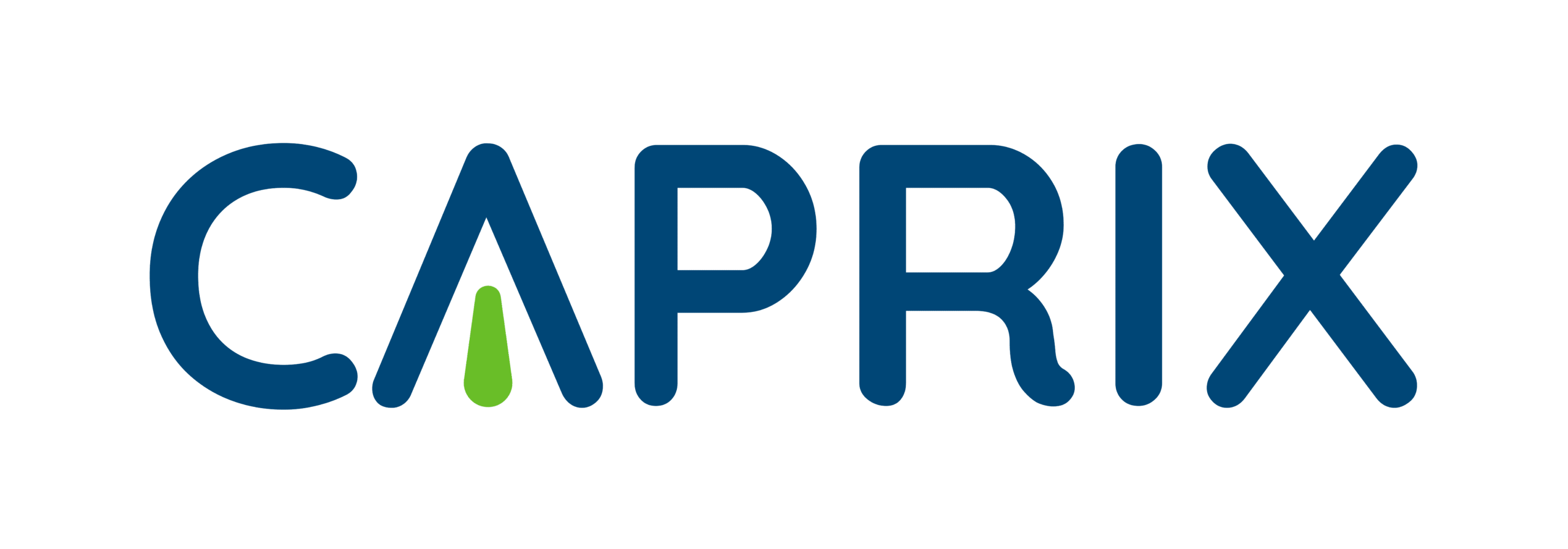PIs aren’t just faculty — they’re CEOs of small research enterprises. Every Principal Investigator is running a miniature organization inside your university. Alongside their teaching and mentoring responsibilities, they manage multimillion-dollar grants, oversee diverse research teams, and balance budgets that rival many startups. They recruit talent, manage turnover, plan for funding gaps, and juggle multiple simultaneous projects — all while producing high-quality, publishable science.
When your institution equips them to manage this operational load more effectively, it’s not just their lab that benefits. You see more successful grant renewals, stronger publication output, and a boost to your university’s research reputation.
Universities excel at supporting the teaching and scholarly mission of faculty. But for PIs, there’s a second job description: managing the operational, financial, and human resources of their lab. The complexity of grants means that direct costs fuel the science while indirect costs fuel the institution, yet these streams are deeply interdependent. Time pressures force PIs to choose between advancing research and reconciling budgets. And funding volatility, from personnel changes to grant delays, can disrupt even the most carefully laid research plans. Without the right tools, even the most accomplished PI is operating without the clarity and foresight needed to fully optimize their research enterprise.
Supporting PIs with operational planning tools is not just a lab-level improvement — it’s a strategic investment in the university’s research ecosystem. Labs that can forecast staffing and resource needs with precision submit stronger and more realistic proposals that funders trust. When PIs have real-time budget visibility, they can make timely decisions without the delays of back-and-forth with administrative offices. This clarity also reduces last-minute funding scrambles, which makes it easier to retain top research talent and offer stable positions to postdocs, technicians, and staff. The result is a measurable increase in publications, more competitive grant applications, and a reputation that signals to the scientific community — and to prospective faculty — that your university supports its researchers at every level.
For universities, the goal is not to replace existing administrative support but to augment it with modern, lab-focused planning tools. Automated forecasting can map out funding and expenses across all active and pending grants. Scenario planning enables PIs to prepare for staffing changes, funding delays, and grant expirations before they become problems. Centralized tracking ensures that timelines, resources, and commitments are visible in one place. This level of operational clarity allows PIs to move from reactive decision-making to proactive, strategic planning, aligning their research output with the university’s long-term goals.
In today’s funding landscape, scientific excellence is not the only differentiator. Funders want to know their money will be managed effectively to produce results. Universities that enable PIs to operate like the well-run research enterprises they are win more often — not just in funding, but in impact, recruitment, and recognition. If your institution is committed to growing its research influence, start by unlocking the full potential of the people driving it.



